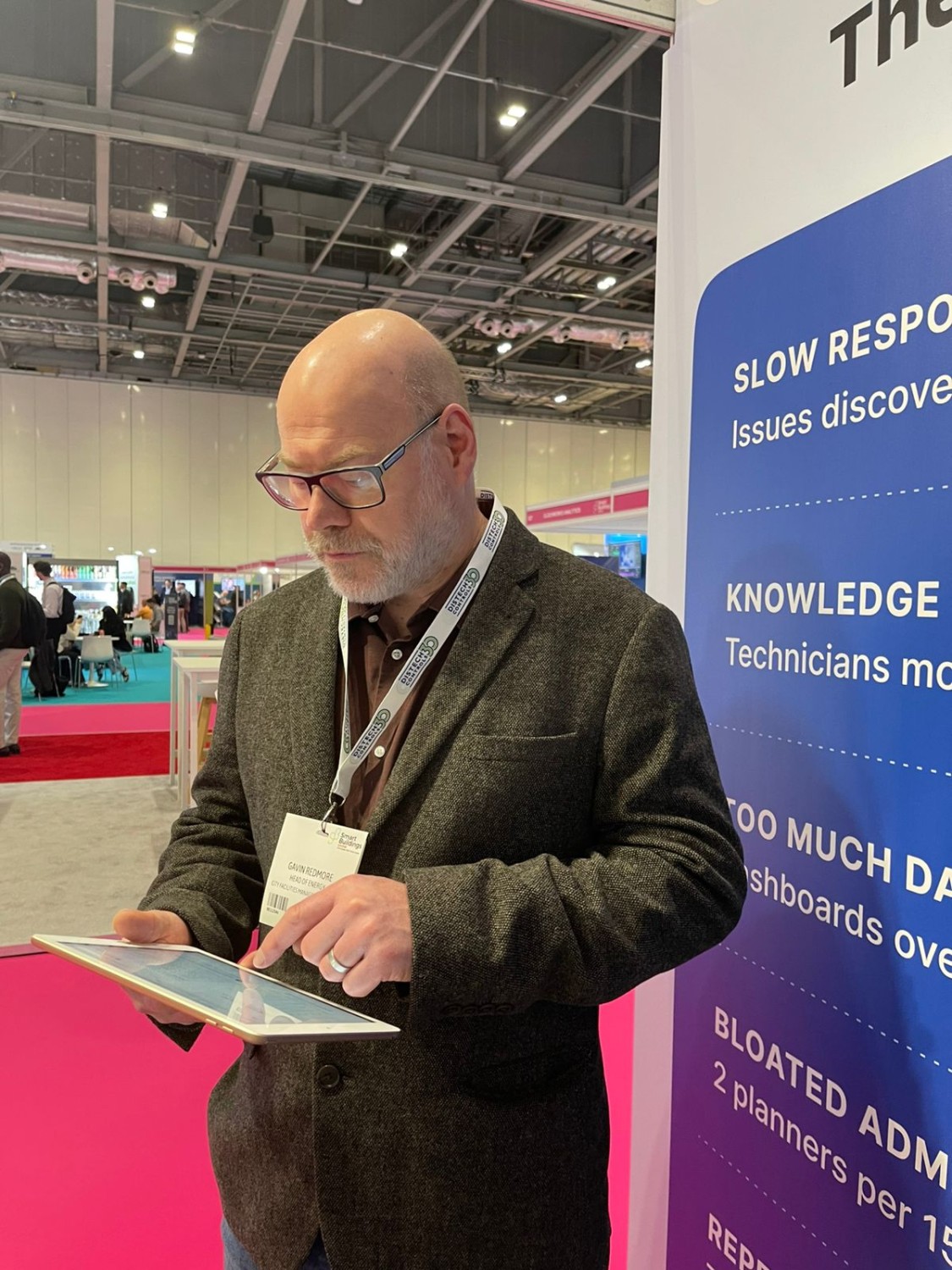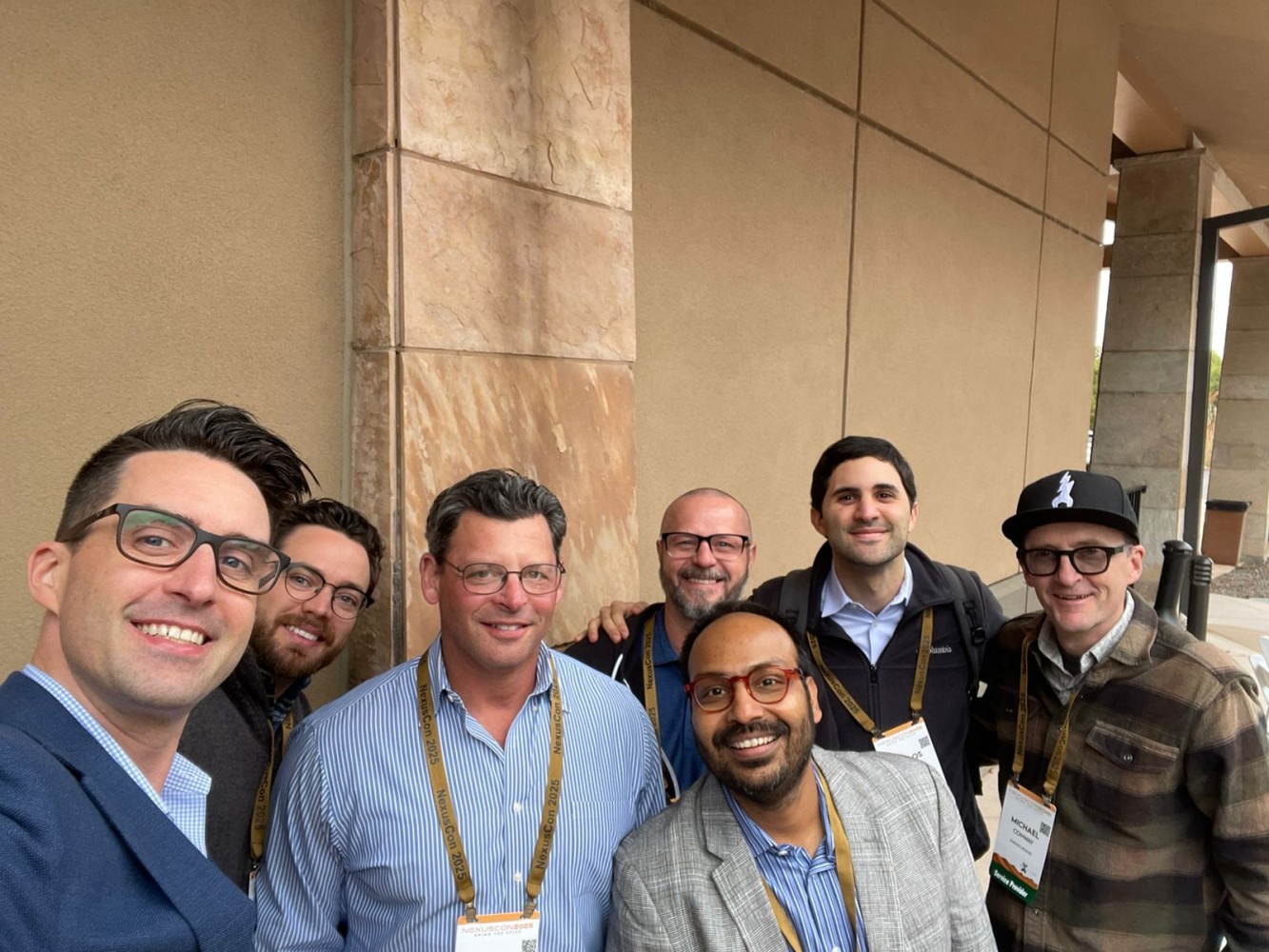
Published on :
Two of this year’s most grounded gatherings—NexusCon 2025 and the Smart Buildings Show in London—offered an unfiltered look at where the built-environment industry truly stands. Both events set out to accelerate the digitization and decarbonization of commercial buildings. Yet beneath the optimism, a harder truth emerged: while the conversation has moved to AI, autonomy, and outcome-based operations, the operating model still behaves as if it’s 2010.
The technology stack has advanced; the mindset hasn’t.
Across the FM and O&M tracks, one theme kept resurfacing: we know what’s possible, but we keep deploying what’s comfortable.
Fault Detection and Diagnostics (FDD) still sits at the center of many “digital transformation” efforts. Yet most implementations rest on dated foundations—physics-based models, static rules, and dashboards that detect but rarely drive coordinated action. Even with AI and cloud platforms, most FDD systems remain disconnected from maintenance execution.
The result is an illusion of progress: richer data, sleeker interfaces, unchanged outcomes—duplicate work orders, repeated truck rolls, no feedback loops. Meanwhile, “AI” is often shorthand for automation with better branding. Large-language models summarize alarms or generate reports, but rarely improve decisions. It’s technology that looks like 2025 yet behaves like 2010.

The industry’s language has outpaced its architecture. Phrases such as autonomous operations, AI copilots, and digital twins now dominate slides, while workflows remain linear and dependent on human triage.
The issue isn’t ambition—it’s design. Too often, we digitize existing processes instead of redesigning them. We automate decisions before questioning whether they should exist at all. In doing so, we’ve built digital replicas of analog logic.
Take Microsoft Copilot deployments in FM and engineering: many teams expected transformation, only to find that generic AI without operational context adds friction rather than removing it. The lesson is clear—context, not computation, drives useful autonomy.
Conversations across NexusCon and Smart Buildings Show exposed a sector still operating with yesterday’s habits:
Even the promising shift toward outcome-based contracts is still bound by the same silos and oversight models that defined the last decade.
These patterns reveal a deeper truth: our mental model of technology is outdated. Digital maturity is still equated with dashboards and analytics. Yet genuine operational AI requires re-imagining how work flows—from insight to action to assurance.
The tools of 2025 are being deployed with the logic of 2010, producing incremental rather than exponential progress. Readiness for operational AI isn’t about installing smarter software; it’s about designing smarter operations.
True autonomy emerges when systems and teams connect in a continuous loop—data informs decisions, decisions trigger verified actions, and actions feed learning. Until that loop exists, AI remains a presentation layer, not a performance engine.

The future of facilities management won’t unfold over the next decade—it will take shape in the next two to three years. In an AI-first world, a week can feel like a month. Advantage now belongs to those who can learn, integrate, and deploy at that accelerated rhythm.
There may never be a single “winner-takes-all,” but there will be new players who move faster—and incumbents who realise too late that they’ve been innovating with the wrong clock speed.
If your digital transformation still looks like it did in 2010—disconnected systems, long projects, manual validations—you’re building the past, not the future. The industry must stop doing digital and start operating digitally—where intelligence isn’t an overlay but the engine itself.
Autonomous Maintenance provides the blueprint for that shift. It connects AI directly to the operational layer—turning insight into verified action and every action into new intelligence. It moves us from static systems to living operations that think, learn, and evolve as fast as the environments they manage.
The real question for FM leaders is no longer whether they use AI, but how intelligently they operate. Those who build for that reality in the next 24 months will define the next era of facilities management.
As we’ve built Xempla—from Singapore to Dubai, Houston, Denver, and London—we’ve learned as much from the field as from our own development journey. Some insights have validated our approach; others have challenged it.
We’re hosting a 45-minute debrief session for FM leaders, service providers, and peers who want to exchange those lessons—no recordings, no slides, no sales. Just a candid conversation about what’s working, what isn’t, and how AI and autonomy are reshaping the operational landscape faster than most expect.
If you’d like us to host this session for your team or network, we’d love to. Pure dialogue. Shared learning. Real reflections from the field.
#AutonomousMaintenance #AIinFM #BuiltEnvironment #SmartFM
Lorem ipsum dolor sit amet, consectetur adipiscing elit, sed do eiusmod tempor incididunt ut labore et dolore magna aliqua. Ut enim ad minim veniam, quis nostrud exercitation ullamco laboris nisi ut aliquip ex ea commodo consequat. Duis aute irure dolor in reprehenderit in voluptate velit esse cillum dolore eu fugiat nulla pariatur.
Block quote
Ordered list
Unordered list
Bold text
Emphasis
Superscript
Subscript
© Xempla. All rights reserved.